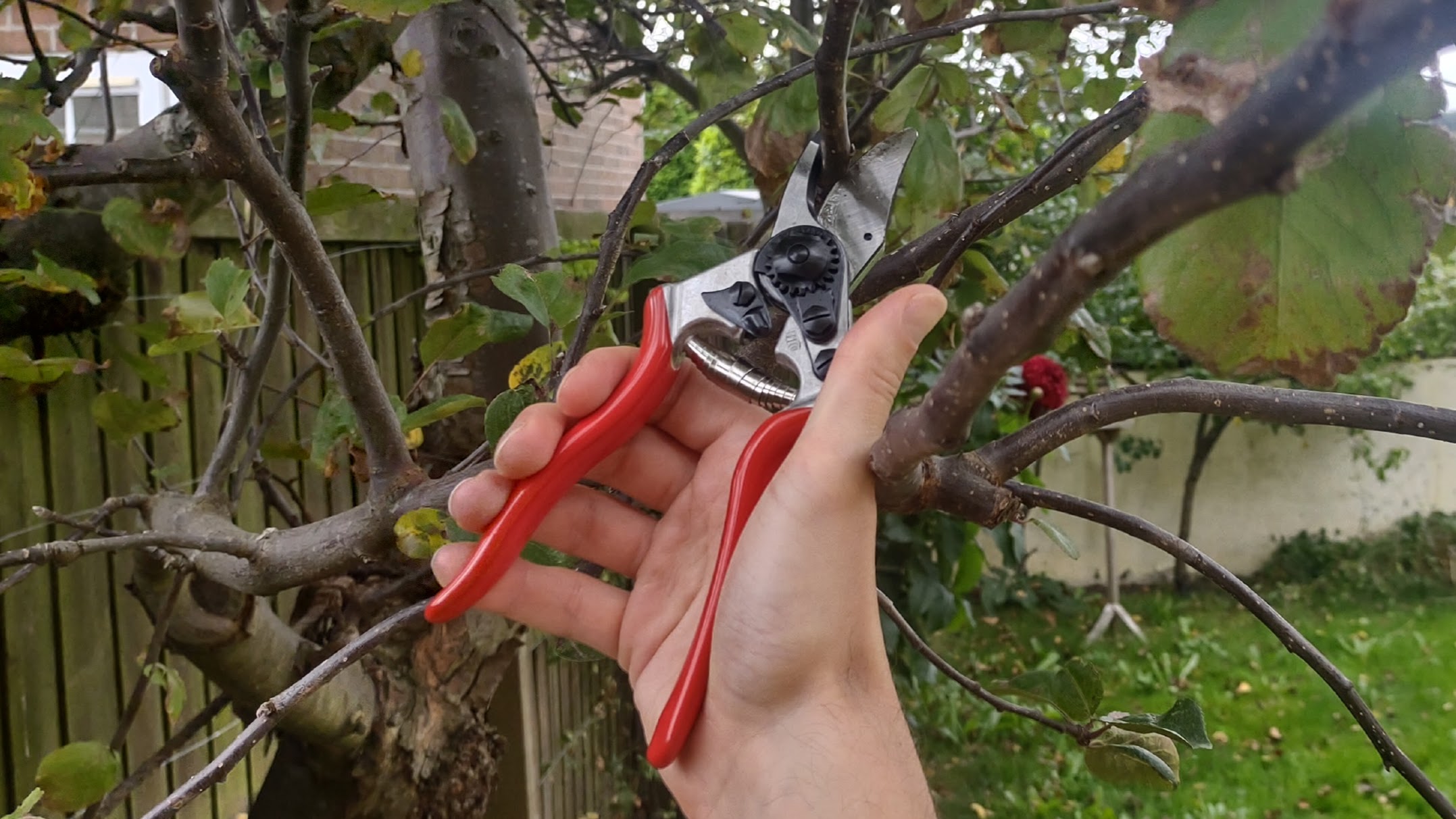Avoid these pruning mistakes and you could find that your garden grows better, and with less effort, than ever before. That can mean faster and more efficient growth of rose bushes, flowers, fruit trees and more – with the best results possible.
You may have already invested in a set of the best pruners but our advice would be to not reach for them until you know that you're using them to serve you best. They can be dangerous tools, not only for your fingers but also your plants, if you don't use them correctly.
If you've already figured out how to fix patchy grass and now you want to turn your attention to those flowers, rose bushes and beyond, then now is the time to prune back the yard by following these pruning mistakes to avoid.
The top 7 pruning mistakes you need to avoid
Pruning is an essential task for any gardener yearning for their garden to flourish, and continue to be in good health.
It may look easy but pruning is deceptive. Professional gardener, Adam Woolcott, reminds us: "proper pruning techniques are not only about the aesthetics of your garden but also about maintaining the health and vitality of your plants. Avoiding these common mistakes will go a long way in nurturing a thriving garden."
We walk you through these pruning mistakes and how best to avoid them.

Adam, a Vlog/blogger For Webb, has over 30 years of experience as a professional gardener and has many accolades but is probably best known for his four Gold Medals at The Royal Horticultural Society’s Chelsea Flower Show in London (UK) and his three BBC/RHS People’s Choice Awards at the show (of which he is particularly proud) which he won as one half of Woolcott & Smith.
1. Pruning at the wrong time
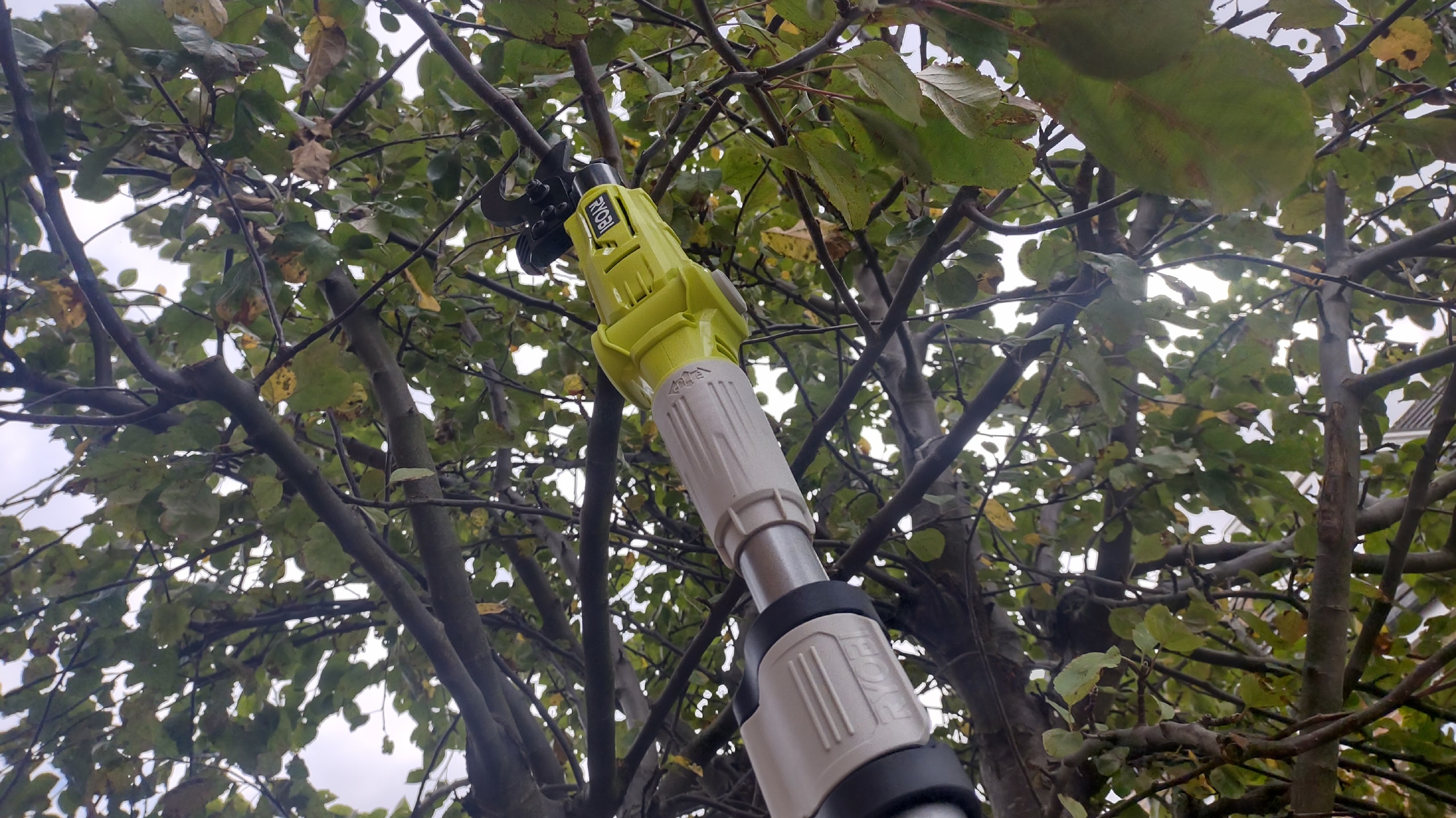
Timing is key when it comes to proper pruning, so don't do it at the wrong time. It's important to take into consideration when trees are growing. If a tree is in its growing season – usually spring until late autumn – then by cutting back too much it may not have enough leaves and could be starved. It can also mean a loss of important sap fluids which are flowing to help growth at that time of year.
Adam says: "Trimming at the wrong time can expose them to harsh weather conditions like frost or drought. Ensure you research the specific requirements for each plant type in your garden to know the ideal pruning season."
One way to help is to ensure the plant is watered, so looking into buying one of the best lawn sprinklers or best drip irrigations systems could be worthwhile. This Rain Bird drip irrigation system on Amazon is a great option, as is the Aqua Joe SJI-OMS16 sprinkler.
2. Using dirty, dull tools
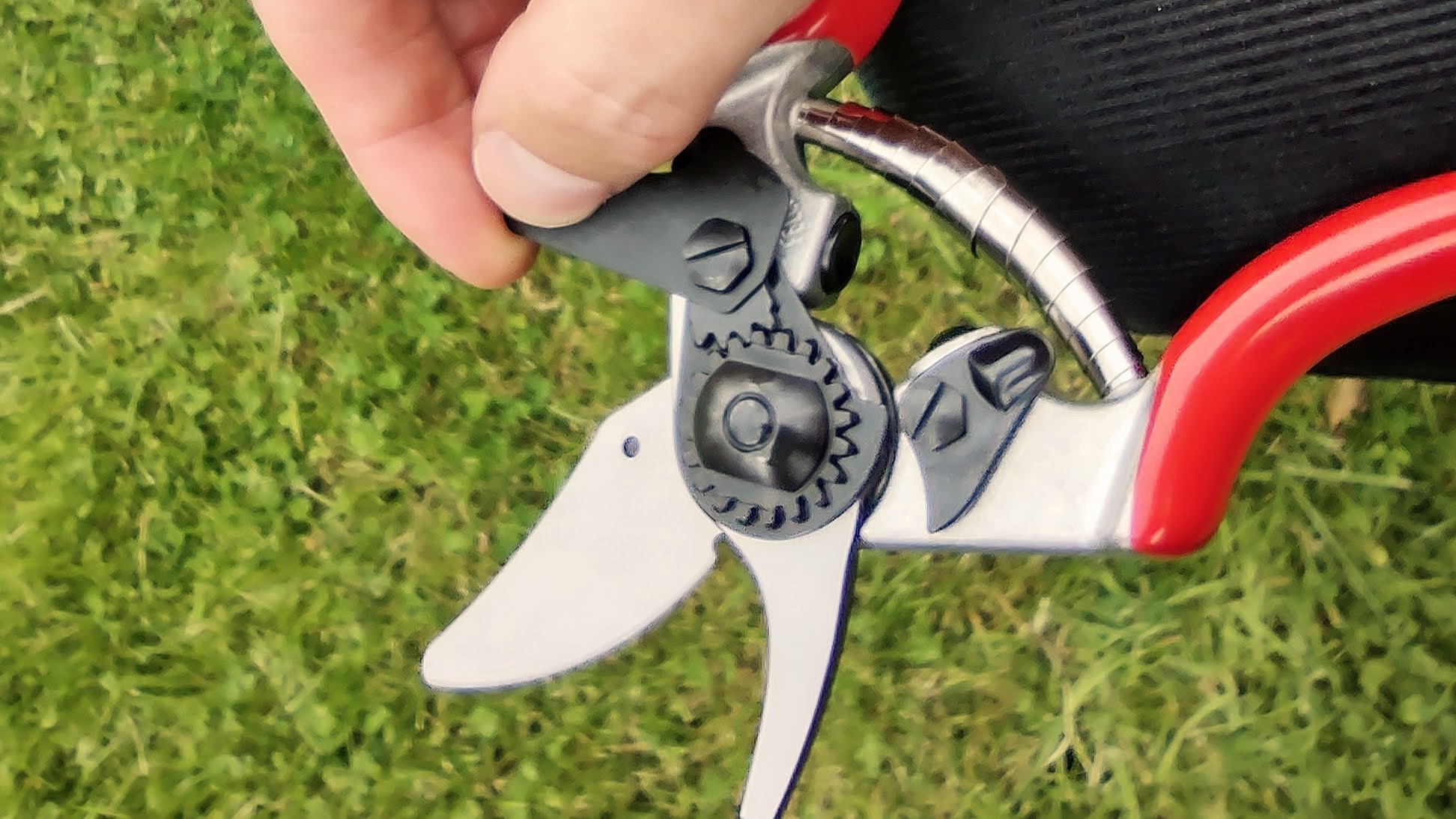
You might not think it, but a dull tool can actually cause damage to trees and plants. Using a tool that isn't properly sharpened can create cuts which are rough and can even shred the bark to cause larger wounds.
Cleanliness is also an issue, as Adam points out: "Tools with snags, splits, or tears can cause damage and leave openings for diseases to enter. Regularly maintain your pruning tools, and always sanitise them before and after use."
The plant needs to make a swift recovery by healing over the wound, without using too many resources. Making a clean cut will result in the smallest amount of damage that's easier to heal. Consider investing in the legendary (in my opinion) Felco 6 Pruning Shears as seen here on Amazon for a clean cut.
3. Cutting too close to the node
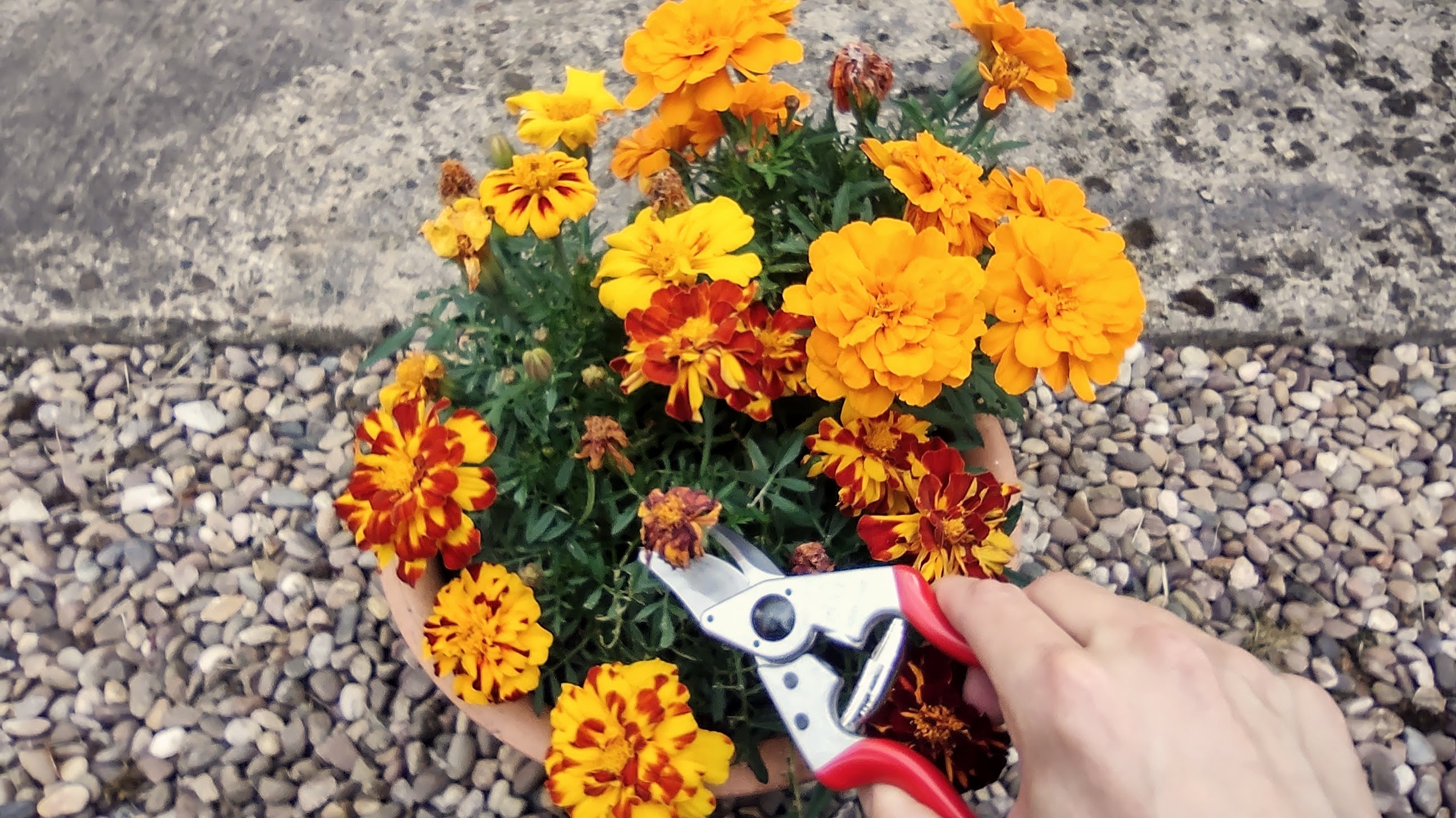
Pruning must be done not only at the correct time but also on the right part of the plant. Ideally you'll want to make your cut as close to a node point as possible. A node is where the leaves, buds and shoots emerge from the stem. By cutting just above the node you will prevent die back (more on this later) and disease.
This also means that you can manipulate where you want the plant to grow, cutting on the side you don't want to plant to sprout in the direction of. Don't cut too closely above the node though, with about a 1cm gap above the node recommended, to avoid leaving an unsightly stump which can't grow anymore.
4. Pruning with a flat cut
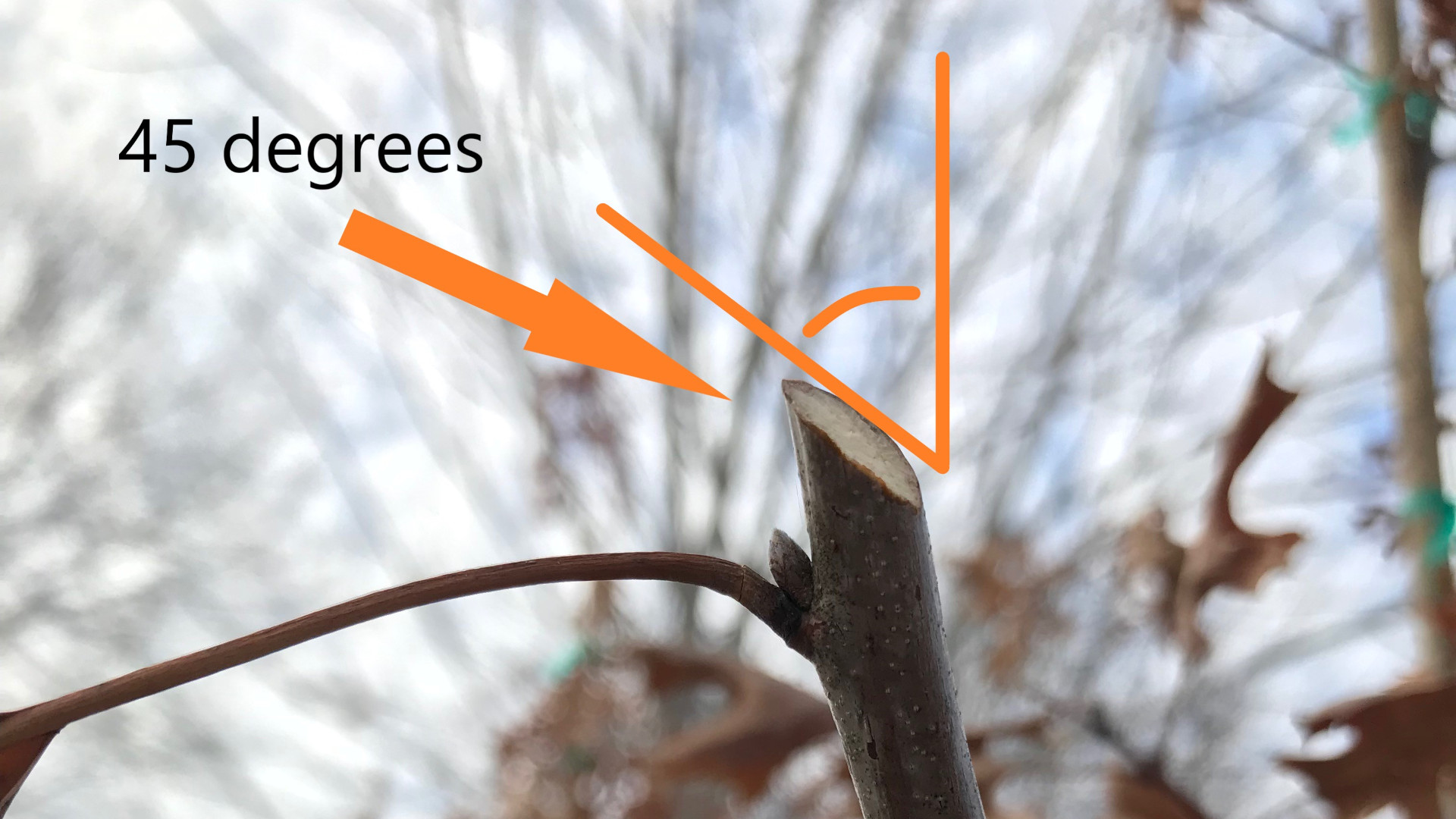
Cutting a branch with a sharp blade is key but also cutting at the correct angle is an important part of pruning right. The mistake to avoid here is a flat cut as that can lead to water run-off issues. A decent 45-degree angle allows for water run-off and leaves the branch to heal as quickly as possible.
Get the angle wrong and you open the plant up to the possibility of water build-up and resultant fungal infections. Adam Woolcott says, "this is especially important to keep in mind during wet conditions."
When using a solid tool like the Wolf-Garten RSEN Anvil Secateurs, for example, you'll want to be extra careful you have space to cut at the correct angle each time.
5. Pruning too much
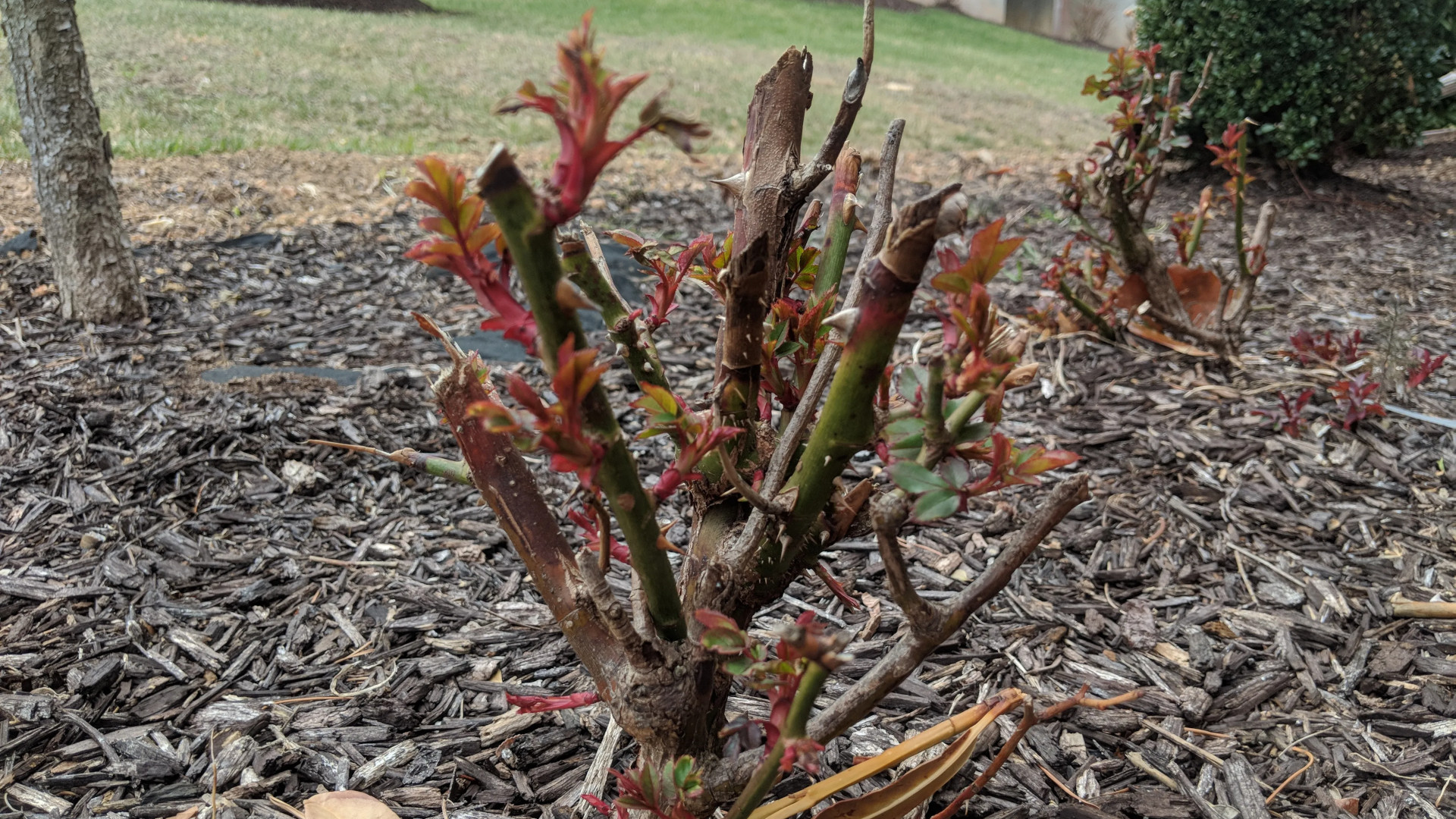
One common mistake is to get overzealous and carried away with pruning, where you end up cutting back far too much. Since pruning removes stems and leaves, two main sources of food for plants, cutting too much can cause starvation. Cut too much and you could end up with die back which can take plants years to recover from.
Be careful not to prune the leader, aka topping, as this can send the plant into shock where it grows lots of leaves at the expense of flowers and fruit. So if you're using something heavy-duty to prune, such as the Ryobi ONE+ 18V Cordless Pole Pruner, be sure to not get too carried away.
6. Neglecting die back or canker
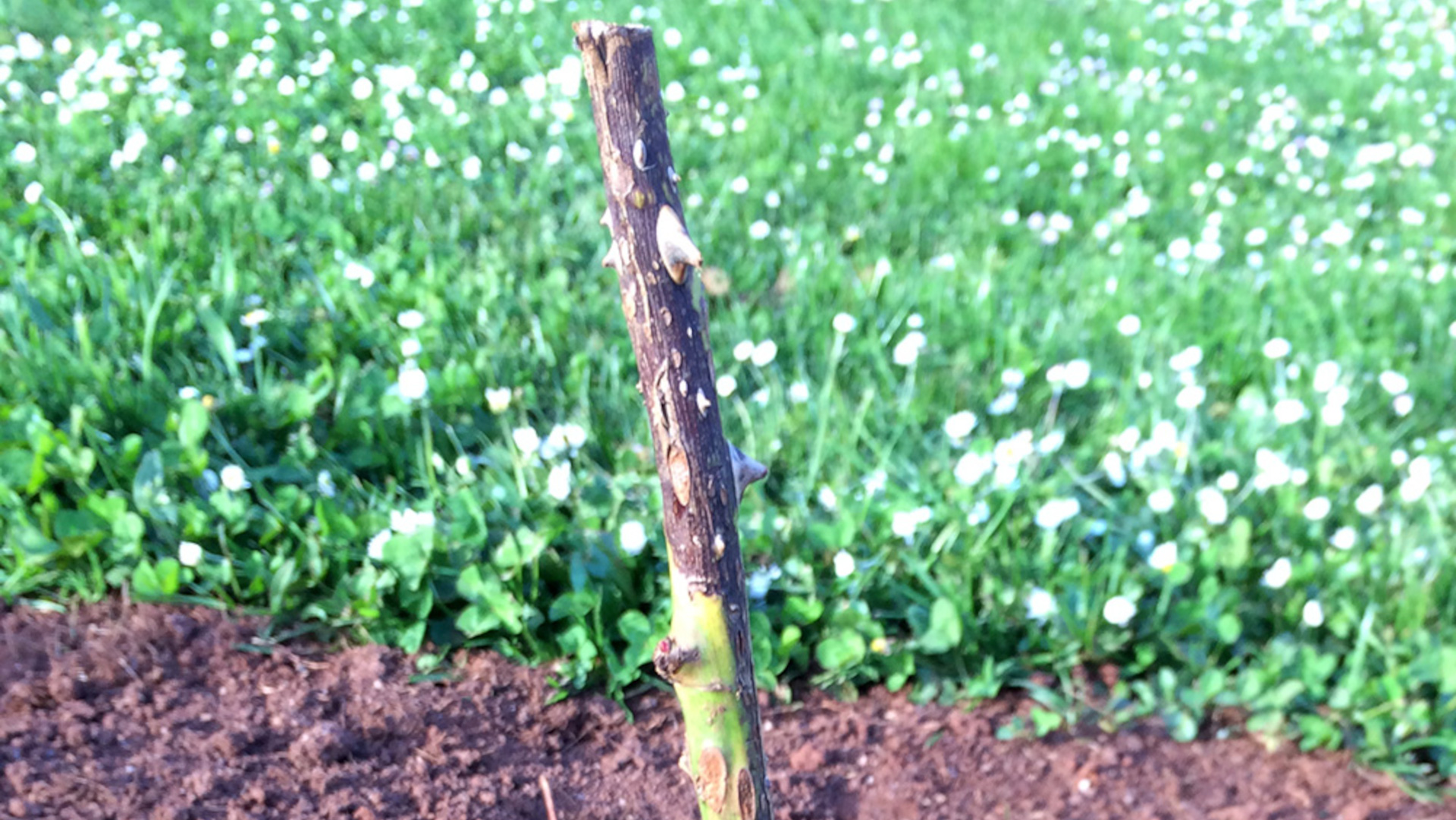
Die back and canker can cause serious harm to plants so it's important not to ignore them in the hope something will change. Sometimes fungi can invade the dead shoot, in the case of die back (pictured above), which will spread to others parts of the plant and weaken it. Cut this back early to avoid that. One outcome can be canker.
Canker is an airborne bacterial infection that gets in via damaged wood. Cut this out when you spot it or you could risk cutting the tree's lifespan back considerably. For larger wood it could be worth investing in a mini chainsaw, such as the Greenworks 24V 6'' Brushless Pruning Saw on Amazon.
Also be sure to have sterile tools. Adam advises: "Pruning tools can potentially transfer diseases from one plant to another. When cutting out diseased stems or twigs, it's crucial to sterilise your tools before moving on to similar healthy plants. This simple step helps prevent the transmission of diseases, ensuring the overall well-being of your garden."
7. Neglecting pruning for a season
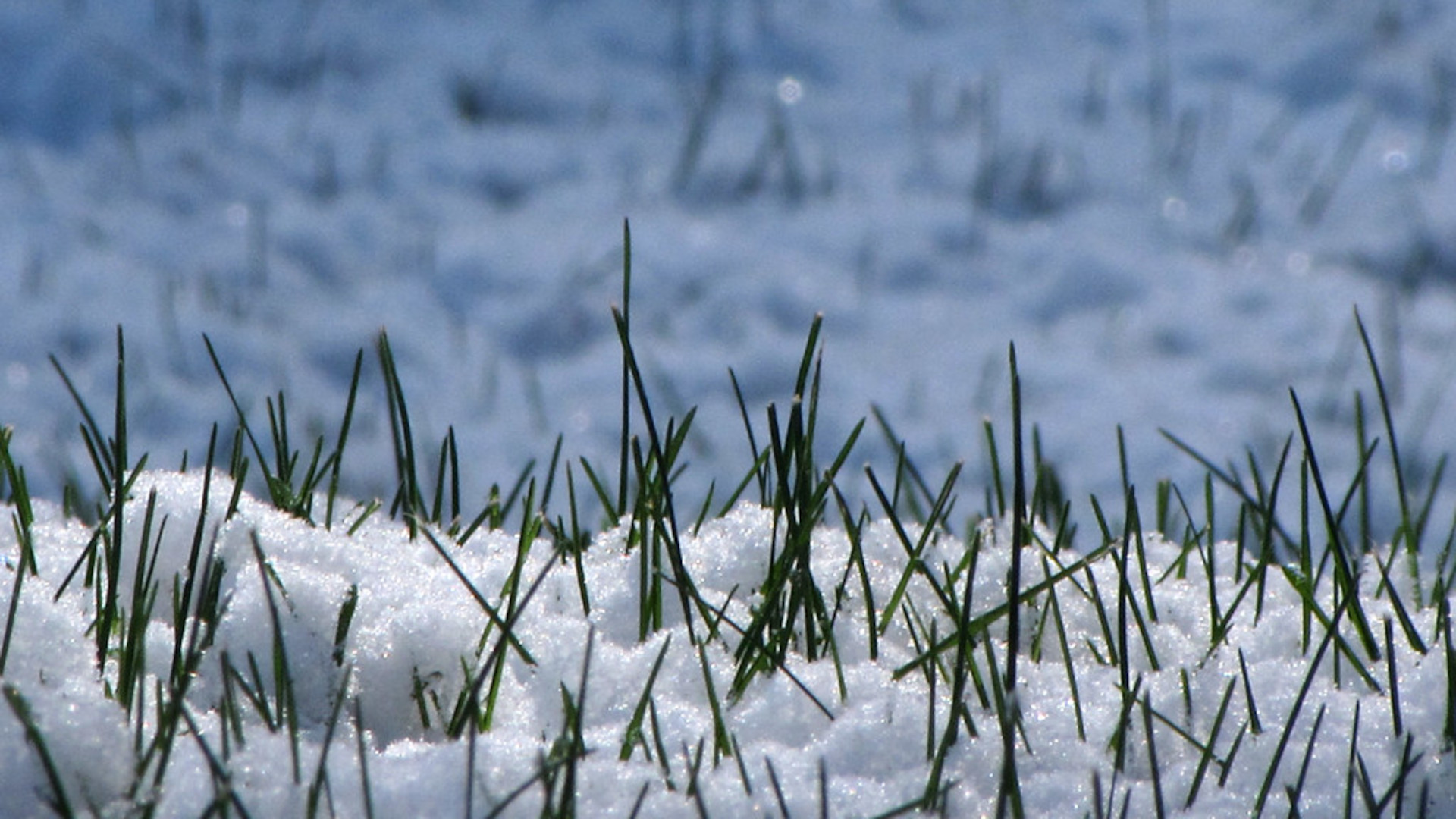
It can be tempting to take a back seat as nature appears to progress so slowly, perhaps even skipping a season or two. This is a bad idea as annual pruning is needed to keep trees and shrubs in check and to help them replace older wood.
New, healthy wood, means more chance of fruit and flowers. Pruning also means you avoid overgrowth where there are too many leaves, cutting off light from others – both of which can lead to a lack of fruit and flowers. Plus this can cause more pests and disease to potentially damage your plants further.
FAQs
What time of year do you prune back?
Winter or early spring is the best time to prune, when trees have dropped their leaves and new buds haven't yet formed on plants. Prune at the wrong time of year, or in the wrong way – and you could be doing more harm than good.
How do you prune a branch correctly?
The best way to prune a branch is with sharp and clean tools. This will ensure the cut you make is clean which allows the plant to suffer minimal damage and to heal as quickly as possible.
The cut location and angle are also important. Be sure to cut above a node, where shoots appear, by about 1cm to allow future growth. You'll also want to be sure that you cut at a 45-degree angle to allow for water run-off. Any water pooling can lead to a fungal infection which can damage the entire plant.
